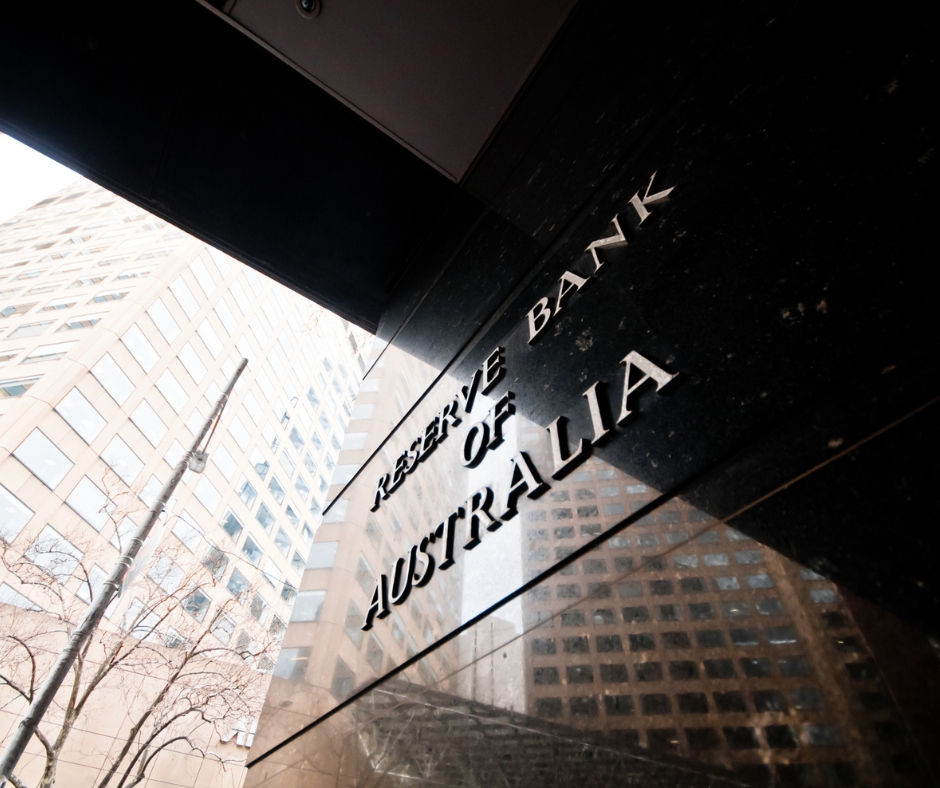
Business Finance updates on commercial finance interest rates with coverage of the Reserve Bank’s June cash rate rise of 0.25% to 4.1% , an 11-year high. Changes are likely to be seen in interest rates across lending markets as a result of this decision. Though some lenders may have priced an increase into their rates based on analysis from their own economists.
The CPI data for April, released by the ABS (Australian Bureau of Statistics) on 31 May surprised the markets. The increase in headline inflation despite a continued fall in the underlying rate, changed expectations more towards a June rate rise rather than a hold.
But despite the April spike, there were still strong economic data and convincing reasons in favour of holding rates steady. Reading the actual statements from the RBA, including especially from the Governor Philip Lowe, rather than relying purely on media headlines, may be useful in getting a better understanding of what’s happening with rates.
At this critical time of year with temporary full expensing ending and the new financial year about to start, business owners will no doubt value as much intel as possible to assist with finance decisions. In this update, we provide a rundown on the information available to date from the RBA – the decision release and an address by Dr Lowe. Noting that the minutes of the 6 June meeting will be available on June 20. The minutes are quite detailed and are especially valued for revealing what options were debated by the Board members.
RBA Comments - June Rate Decision
According to Philip Lowe, even though the peak for inflation passed in December, the rate is still too and it will be take quite a while before it returns to the RBA’s target range of 2-3%. Dr Lowe said that the June decision was made to give increased confidence around inflation reaching the desired rate in a reasonable timeframe. He went on to explain the damage the high inflation rates create on the economy and for individuals. Eroding savings, affecting budgets and creating difficulties for businesses seeking to plan and invest.
Based on the recent data, an increase of the risks on the upside of the outlook was evident and the Board has responded accordingly. An easing in goods inflation is evident but very high rates persist in services inflation. Labour costs in wages growth are recording increases but productivity is not.
Economic growth is registering a slowdown and there is some easing of tight labour market conditions. Though there are still high numbers of job advertisements and vacancies. Wage growth remains in line with inflation targets as long as growth in productivity starts to show increases.
The expectations around inflation were especially mentioned in the Governor’s business summit address. There has been quite a few references to inflation expectations in past communications but the simple explanation given, provided a much clearer understanding of what this refers to.
When people expect high rates of inflation to continue, businesses will react with increased prices. The next step is workers wanting wage rises to deal with increased of goods and services. Thus perpetuating inflation. The Board continues to be alert to this risk and is paying close attention to price-setting behaviour and how the situation with wage growth evolves.
Dr Lowe clearly stated in his address to the business summit, that a desire to conserve the gains made in employment, ie low unemployment figures, did not mean that the RBA Board would abide an ongoing scenario of high inflation rates. The longer the high rates persist, the harder it will be to bring down later and the costs will be greater.
The narrow path faced by the Board in achieving its objectives was the theme of the business address. The path to getting inflation to target while keeping the economy on an even keel and having a soft landing is very narrow. This has been mentioned in numerous RBA releases over the past year. But a new comment has emerged and that is an alert that it could be a bumpy road for the economy.
The continued downward trend in inflation, evident in the 6 month CPI data, show that the monetary policy approach is working. This being despite the April CPI spike. When the volatile pricing elements are excluded, the underlying rate has dropped from 7.5% in October last year to 5.5% in April.
As has been the conclusion on all rate decision statements of late, the Board advised that more increases might be necessary.
Implications and Considerations for Business Finance
Business operators must be prepared for bumpy times, anticipate further rate rises, and seek productivity growth to counterbalance wage increases within their company.
To brace for the inevitable slowdown in the economy, it is crucial to consider options to buy a business. At our disposal, we have the means to assist you in finding favorable rates from over 80 banks and lenders. We specialize in providing finance products that cater to new asset acquisitions, as well as offer support for cash flow and investment. In fact, we can help you secure a bank business loan that aligns with your specific requirements.
Preparing for an uncertain future becomes much more manageable when you have access to lower interest rate finance. With our expertise and network of banking institutions, we can guide you towards securing a business loan and explore finance options to buy a business that meet your needs, empowering you to navigate challenging economic conditions with confidence.
To secure lower interest rates on commercial finance, contact Business Finance on 1300 000 033
DISCLAIMER: THE SPECIFIC PURPOSE IN PROVIDING THIS ARTICLE IS FOR GENERAL INFORMATION ONLY. IT IS NOT INTENDED AS THE SOLE SOURCE OF FINANCIAL INFORMATION ON WHICH TO MAKE BUSINESS FINANCE DECISIONS. BUSINESS OWNERS WHO REQUIRE ADVICE OR GUIDANCE AROUND THEIR SPECIFIC FINANCIAL CIRCUMSTANCES ARE RECOMMENDED TO CONSULT WITH AN ADVISOR OR ACCOUNTANT. NO LIABILITY IS ACCEPTED IN REGARD TO ANY MISREPRESENTATIONS OR ANY ERRORS RE ANY DATA, SPECIFICS, POLICIES AND OTHER INFORMATION AS SOURCED FROM OTHERS.










